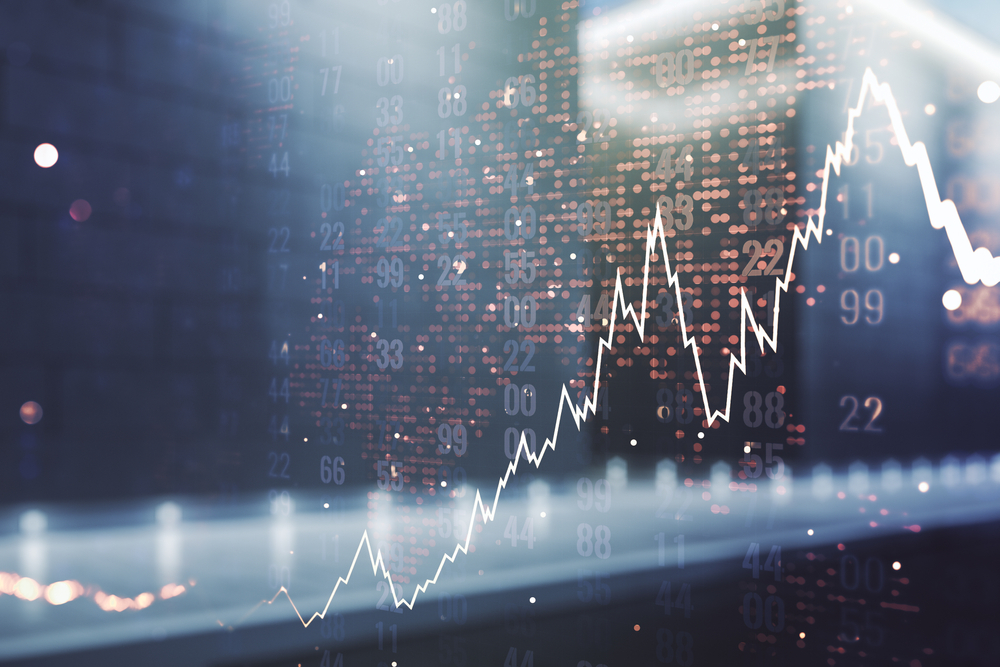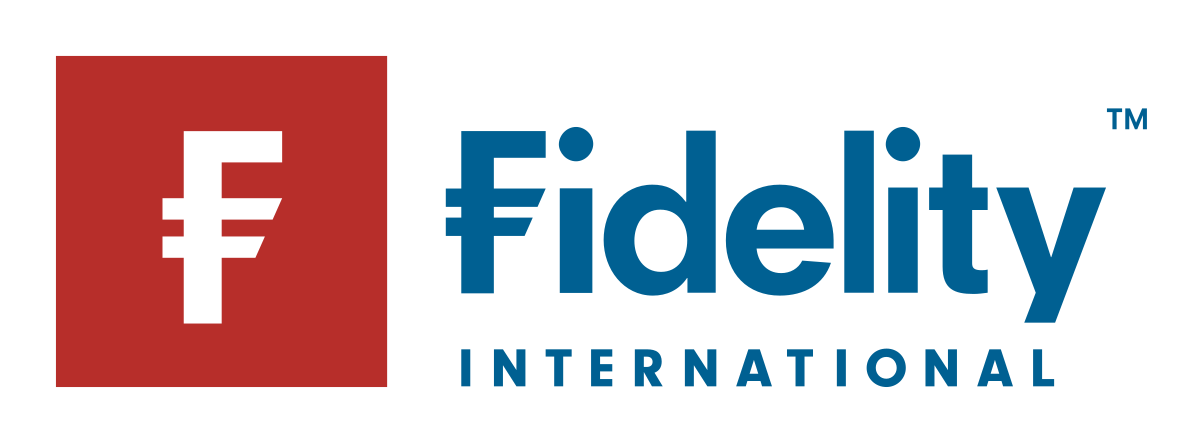Active ETFs have been the posterchild for the growth of European market over the last 12 months, with fund selectors increasingly recognising the benefits generating additional alpha across multi-asset portfolios.
Assets under management (AUM) for European active ETFs stand at $34bn, still representing a small fraction of the $1.9trn European ETF market, but many are keen to highlight the growth story that is yet to fully play.
JP Morgan Asset Management (JPMAM), PIMCO and Fidelity are the three big hitters in Europe with the former cornering a vast 44.2% of the market.
Despite fund selectors using active strategies as a tool to generat additional returns, European active ETFs generally tend to offer lower tracking error than their mutual fund counterparts.
Going against the grain, ARK Europe’s freshly launched active thematic ETFs present a more concentrated strategy based on “disruptive” companies, but their nascency is yet to hold a candle to the dominant diversified active strategies in Europe.
Systematic dominates Europe
Market leader JPMAM currently boasts $13.6bn AUM across 25 ETFs dominated by its systematic ‘research enhanced’ equity range.
Regionally divided, the range follows a bottom-up stock selection process and account for six of the top 10 places best-selling active ETFs in Europe this year, according to Morningstar.
The JPM US Research Enhanced Equity UCITS ETF (JREU) is a firm favourite among investors, pulling in $3.6bn of inflows in 2024, over double the next highest ranking inflows, according to data from Bloomberg.
Yvan Roduit, head of investment advisory at Raiffeisen, said JPMAM’s index-plus US ETF appeal simply lies in it “doing the job” within a multi-asset portfolio. “JREU is something that has a tracking error of below 1% and that could generate an alpha of 80-100 basis points (bps).”
JPMAM said its ‘enhanced’ index approach builds a portfolio based on the region’s flagship benchmark, namely the S&P 500 index for the US product.
The portfolio managers takes a small overweight companies with the highest potential to outperform and underweights securities considered the most overvalued.
Echoing this sentiment of favouring an ‘enhanced’ index approach, Karin Wiederkehr co-founder and managing director at IMP, said the firm is exposed to the JPM Active US Growth UCITS ETF (JGRO), which mostly captures tech companies with high growth potential, yet using a still systemic approach to stock selection.
JGRO pulled in a modest $1.3m of total inflows so far this year, which may be less favoured by European investors due to less sector diversification among its holdings.
Active short-duration fixed income remains favourite
Ernst Knacke, head of research at Shard Capital, sees little value in getting active equity exposure through an ETF and in stead opts for short-duration active fixed income ETFs. These include the JPM USD Ultra-Short Income UCITS ETF (JPST), the PIMCO USD Short Maturity UCITS ETF (MINT) and the PIMCO Sterling Short Maturity UCITS ETF (QUID).
“In equity, we have not seen active equity strategies that we back long-term with sufficient conviction to replace our incumbent exposures,” Knacke said. However, he said the inclusion of the three short-duration active fixed income ETFs in his portfolio “provide similar risk-reward profile to traditional, actively managed short-duration fixed income mutual UCITS fund, but with liquidity, execution and transparency benefits of an ETF”.
“They are more able to manage liquidity risks relating to the underlying exposures in an active ETF, as opposed to a passive strategy.”
Concentrated active
Wiederkehr mainly leans towards active thematic equity ETFs to generate alpha within a portfolio. “We are currently in vested in the ARK Artificial Intelligence & Robotics UCITS ETF (ARKI) and we are very fond of Cathie Wood’s approach to thematic ETFs,” she said.
“The strategies are also very complimentary to the clients that we have, where they usually already have existing portfolios at the big banks and get their asset allocation according to market cap, whereas we focus on the GDP growth.
We would select an active ETF where we see it can add value in terms of niche strategies or select industries.”
ARK’s active thematic ETFs remain an outlier in Europe. According to data from Morningstar, the median European active ETF investing in equities held more than 150 individual stocks in its portfolio at the end of 2023, while ARKI has less than a third of the average, at 42 holdings.
Limited alpha potential
Raiffeisen’s Roduit said JPMAM’s JREU is an ETF where the index strategy is played to “generate a bit of alpha”. “We do not see an active ETF as a single propriety, but more a tool within a broader portfolio,” he said. “[Active ETFs] are a game changer and a disrupter. The pressure is really on active managers that are not able to generate alpha.”
Echoing his thoughts, Wiederkehr added IMP uses active equity ETFs within a multi-asset portfolio to “add return”.
Wiederkehr added, “The great thing about active is the research and expertise you get with it at a relatively low cost.”
While active equity ETFs can be a useful tool to generate alpha, Knacke noted European active ETFs only offer “a little bit of alpha potential”, but said “at some point, the market will embrace proper actively managed ETFs. It is a matter of time before entrants come in and offer a 40-50 stock portfolio that is actively managed.”
He said concentrated active ETFs do not necessarily have to be thematic, unlike the examples we have seen so far in Europe. “It could come in the form of UK mid-caps or it could be a FTSE 250 focused strategy,” Knacke said.
Looking more broadly at the growth of active ETFs in Europe, he noted costs remain a material barrier, particularly for new entrants. Additionally, daily transparency requirements and capacity issues also lie in the way to accelerated growth across the continent.
Despite some material hurdles, IMP’s Wiederkehr said: “Active approaches are definitely here to stay. It is not some kind of fad, but instead, something that is of great value to portfolios.”
This article first appeared in ETF Insider, ETF Stream's monthly ETF magazine for professional investors in Europe. To read the full edition, click here.







